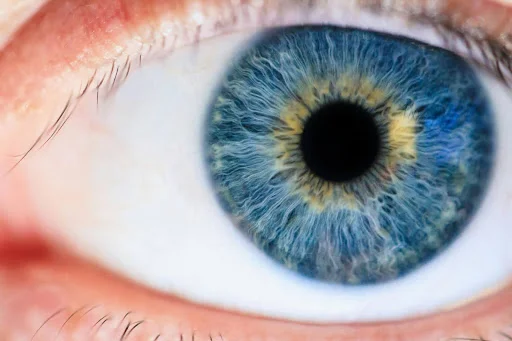Many changes have swept the law or biometrics in law enforcement world in recent years as a result of advanced technology.
Among the myriad of improvements in law enforcement tactics, techniques, and practices, perhaps one of the greatest innovations that has evolved in today’s crime prevention and apprehension process is the ever-growing use of biometrics. From fingerprinting to facial recognition to iris scanning, the role of biometrics in law enforcement is changing the ways in which investigators can identify would-be suspects, recover stolen property, and deliver justice to their communities.
Related post designed to deepen your knowledge and spark new thoughts.
From Traditional Methods to Forensic Software
Before the advent of advanced forensics software, law enforcement professionals had to rely on manual processes such as fingerprint powder, manual print comparisons, including time-consuming background checks. These methods, while effective, could only go so far and were not equipped to scale with the technology available to the modern-day criminal.
The revolutionary improvements that advanced forensics software offers come by way of automation. Automated algorithms make complex processes, such as latent print matching, cross-database searches, and massive amounts of other biometric data, much more manageable and hassle-free. This means quicker, more accurate results and more conclusive evidence for the court.
MegaMatcher: A Breakthrough in Criminal Investigation
Instrumental to this revolution is a solution called MegaMatcher Criminal Investigation for latent print analysis. The product of Neurotechnology, MegaMatcher, provides state-of-the-art tools for public safety agencies housing large biometric datasets.
The solution is built to work with millions of fingerprints and latent prints, allowing detectives to compare forensic evidence with the corresponding data set in a fraction of the time. Unlike older versions, MegaMatcher is powered by sophisticated engines that reduce the instances of false matching and improve the matching process. With this solution, detectives can trust that both speed and accuracy will define their investigative process.
Enhancing Public Safety Through Biometrics
As the public and law enforcement use more biometrics for crime control, police practices will change. By implementing biometric identification, law enforcement will:
- Find suspects sooner. A biometric system can locate people with a criminal history almost instantly (even if they committed a crime overseas).
- Identify people accurately. Fingerprinting, iris scans, and facial recognition are almost always one of a kind. This means people can’t impersonate someone else as easily as they could before.
- Improve inter-agency cooperation. A master biometric database allows agencies located in different states to work together efficiently.
- Provide more convincing case materials. Judges and juries tend to see biometric-based evidence as more reliable and accurate. As a result, they will be more likely to convict the person on trial.
This approach helps law enforcement close more cases and build stronger prosecution cases. What’s more, it helps people be more confident in criminal trials and law enforcement in general.
Balancing Technology and Ethics
The advantages and potential of biometrics in law enforcement are significant. However, an exploration of the ethical implications is warranted. Issues of privacy, data protection, and misuse remain key factors in the ongoing dialogue. At the present moment, government agencies, law enforcement departments, vendors, and other groups and organizations adopting biometric technology need to consider transparency and accountability. Furthermore, the deployment of the technology will require implementing controls and measures to protect public liberties. Done correctly, biometrics can be an agent of positive change in law enforcement. It can bolster capabilities without compromising individual liberties.
The Future of Biometric Policing
The years ahead will likely see biometric technology become even more ingrained in everyday police work. Advances in AI, machine learning, and forensics software show much promise in improving biometric systems, specifically in terms of accuracy and speed. From predictive models to devices that can verify identification on the street, the opportunities for innovation are vast.
For agencies around the world, the challenge will be integrating these innovations and tools in a way that is both productive and responsible. In utilizing biometric forensics solutions like MegaMatcher, law enforcement will be able to maintain a balance between expedience and equity in their investigation procedures.
Conclusion
The rise of biometrics in law enforcement marks a new era in criminal justice. Tools such as MegaMatcher Criminal investigation used for latent print analysis, and other biometric solutions are revolutionizing the way agencies solve crimes, protect citizens, and uphold the law. As technology continues to evolve, its role in shaping a safer, smarter, and more secure society will only expand.
Adventure continues—explore more stories crafted to surprise and inspire.






